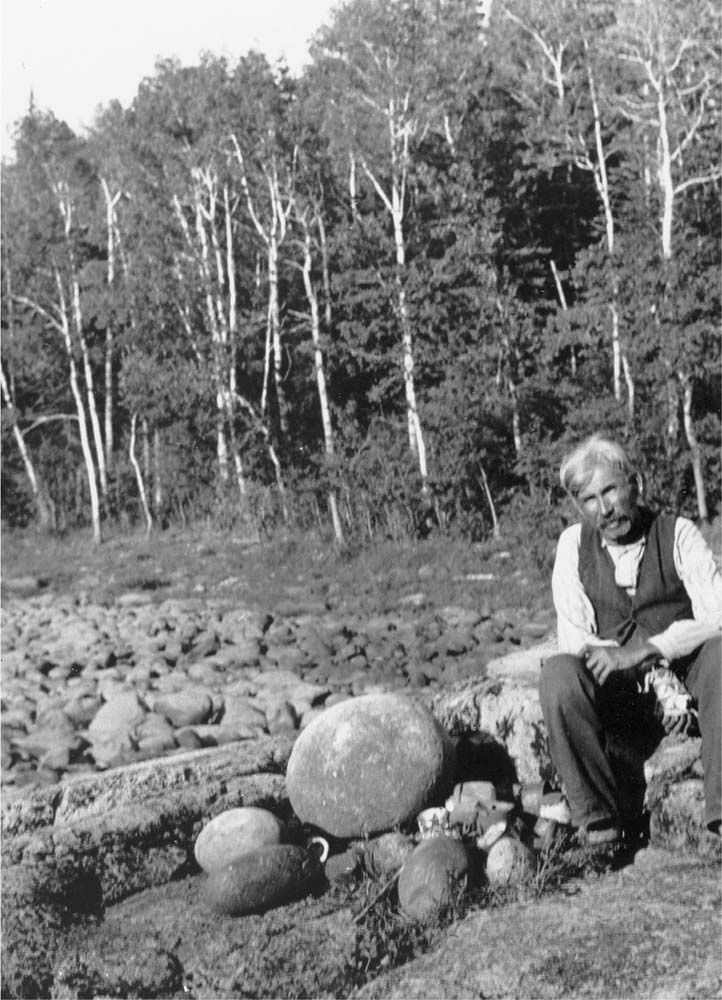https://www.themarginalian.org/2011/06/20/inside-notebooks/
There are a number of books which feature the sketchbooks and notebooks of famous writers, researchers and artists. However, most of their work is presented as art in and of itself. Rarely are the messiest and ugliest pages pictured. Most of the layouts in these books are laid out as art. Frequently missing are the structural parts and interviews with the original authors talking about their process. How do they actually use these notebooks in practice? How do ideas move from their heads into the notebooks and from there into their practical work? The notebooks only capture raw ideas as a scaffolding for extending the user's brain and thinking, but it doesn't capture the intangible ideas and portions of process which are still trapped within their brains. To be able to evaluate these portions, the author needs to talk or write about those missing portions of the process otherwise the way they create genius is wholly missing. A viewer of such notebooks would be no closer to creating genius for themselves by attempting to follow the same patterns without these additional structures. It's like the indigenous peoples who talk with rocks as part of their cultural practice—so much of what is happening is missing from the description of "talking with rocks" that most people wouldn't even know where to begin, but for the initiated, the process would be imminently crystal clear.
Which of these books actually delves into the process and does interviews as well?
This article actually lays out the notebooks as their own form of art rather than centering the idea of creative process as a means of helping others to follow these same patterns. We need the book that does for the art and design area what Sönke Ahrens' book How to Take Smart Notes does for the note taking space. It's interesting to see Niklas Luhmann's collection of 90,000 index cards, but without knowing how he used them and what purpose they served, the enterprise is lost. Similarly the depiction of Roland Barthes' index cards in Roland Barthes has a similar function. Showing them is not equivalent to actually understanding them.
 Chief William Berens seated beside the living stones of his elders; a picture taken by A. Irving Hallowell in 1930, between Grand Rapids and Pikangikum, Ontario, Canada. (American Philosophical Society)
Chief William Berens seated beside the living stones of his elders; a picture taken by A. Irving Hallowell in 1930, between Grand Rapids and Pikangikum, Ontario, Canada. (American Philosophical Society)